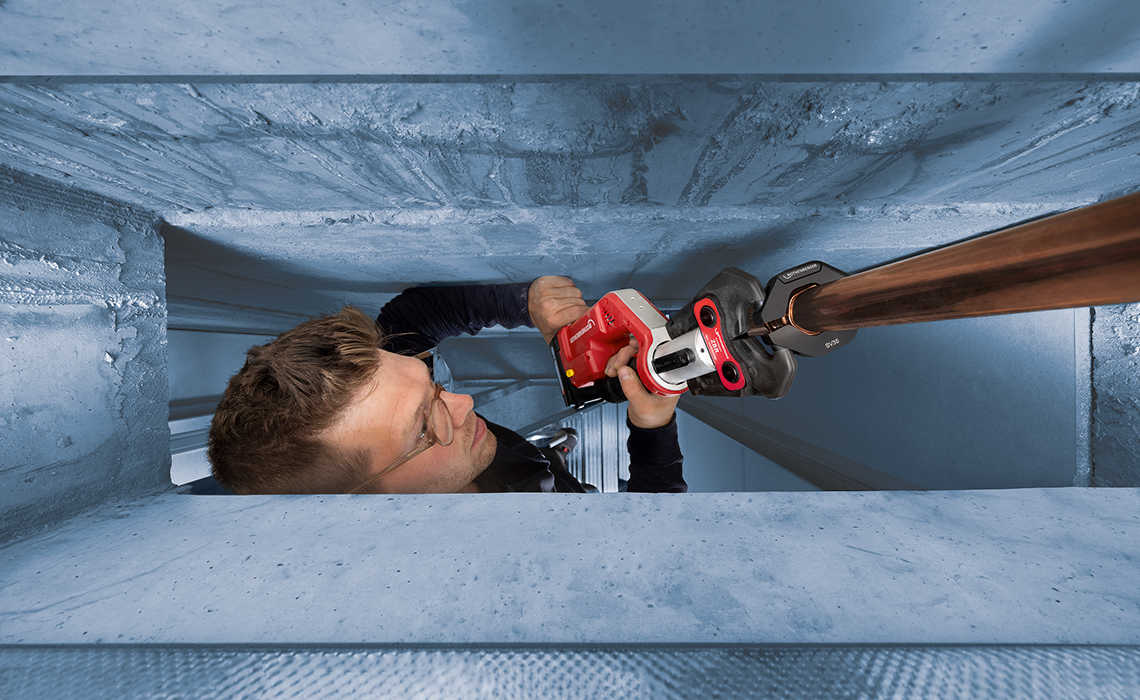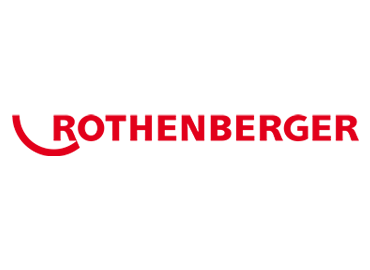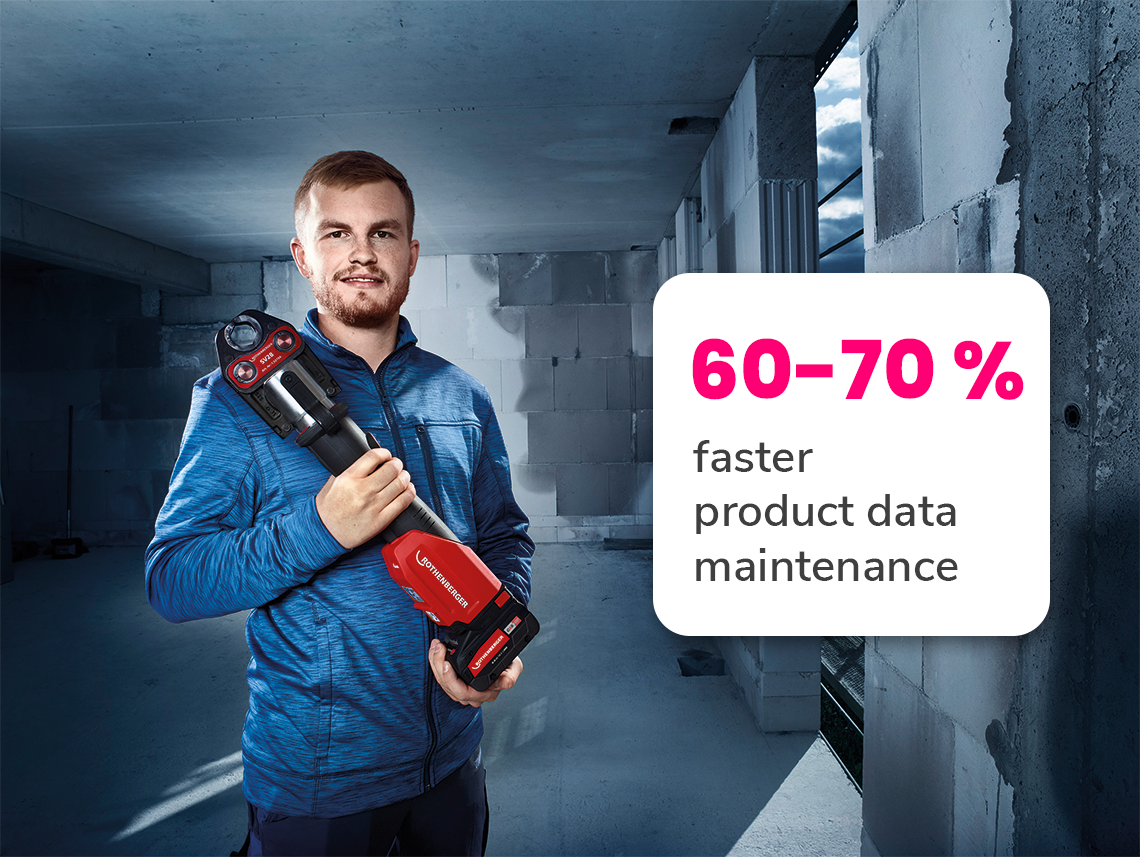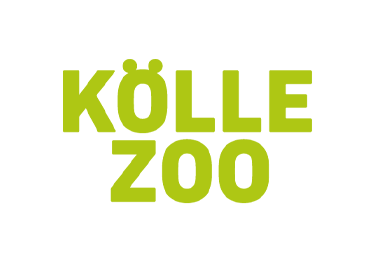From ambition to action: The journey to efficiency
Ravensburger ROTHENBERGER set ambitious goals alongside the Parsionate team to enhance their product information management:
- Reduce internal maintenance efforts related to processing time and costs with a holistic system for daily operations.
- Provide reliable and complete product information for trading partners and distribution channels.
- Improve data quality through process-controlled maintenance and regular system-supported checks.
- Enable fast adaptability for new classifications and attributes.
- Ensure frictionless internationalization and data maintenance.
- Accelerate time-to-market.
To kick off this transformation, a comprehensive inventory of the existing system landscape and business processes was conducted. Numerous workshops with Contentserv's partner, Parsionate, evaluated the product information, workflows, and processes across various departments. The evaluation highlighted that the existing PIM system could no longer meet the company-specific requirements, indicating an urgent need for new technologies to optimize inefficient data flows.
ROTHENBERGER decided to replace their outdated system with a modern solution tailored to future market and customer needs. The Parsionate Consulting team supported the selection process, facilitating communication and tendering with software providers. Use cases derived from the PIM health check were presented to aid in comparing vendor solutions. After a thorough evaluation, Contentserv was chosen for its targeted showcases, competent solutions, and user-friendly interface.
As a result, ROTHENBERGER now experiences product data maintenance that is 60-70% faster than before. They opted for a cloud-based implementation of the new PIM system, ensuring long-term benefits like reduced internal expenditure and easy scalability. ROTHENBERGER's brand was the first to go live in Contentserv's Product Experience Cloud, marking a significant step forward in their digital transformation journey.







